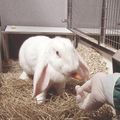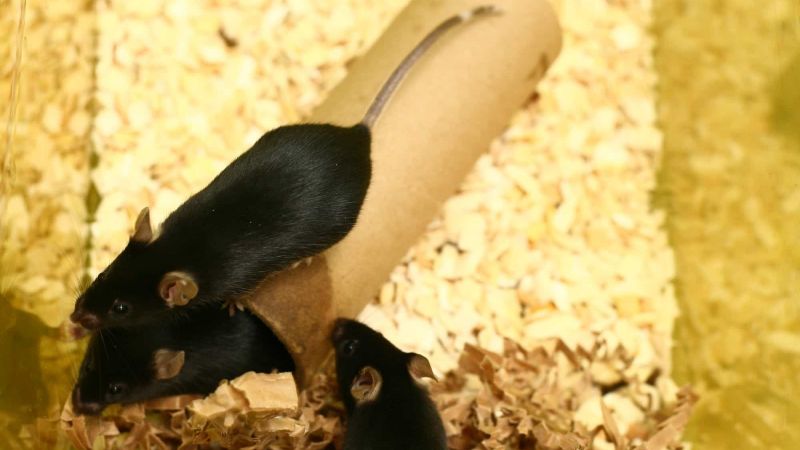Text to go here...
 The recent infiltration of a UK safety testing facility by an antivivisectionist raises many questions. According to a report in The Sunday Times, animals are being used to test ‘botox’ for cosmetic purposes, the law is being flouted and animal welfare practices are poor. But can these allegations be substantiated?
The recent infiltration of a UK safety testing facility by an antivivisectionist raises many questions. According to a report in The Sunday Times, animals are being used to test ‘botox’ for cosmetic purposes, the law is being flouted and animal welfare practices are poor. But can these allegations be substantiated?
UAR does not condone bad practice in animal research, and the video footage certainly does not give a good impression. However, no-one should accept trial by media sensationalism. Nor can we accept the word of antivivisectionist groups – who are far from impartial. The British Union for the Abolition of Vivisection (BUAV) has a long history of making claims following infiltrations which do not stand up to scrutiny. The Home Office will need to investigate thoroughly these claims and the company concerned must be given the opportunity to put their case. If animal welfare has been compromised or the law has been broken, then the company will face the consequences.
Questions that need to be answered include: why do the rabbits appear to be housed singly in small barren cages, when normally rabbits are housed in groups with plenty of environmental enrichment including toys, thing to gnaw and nesting material? Are all procedures carried out properly under licence? Why were mice apparently killed on the floor?If the infiltrator discovered malpractice, why did they stand by and film it over eight months instead of reporting it to the authorities? Did they contribute to it, as infiltrators working for antivivisection groups have seemingly done in the past? ('Spy' for animal rights under fire, Observer 26 March 2000).
There are also several facts that are inconvenient for BUAV and The Sunday Times, so they have chosen not to mention them. Such an unbalanced approach undoubtedly clouds the picture for the public, so for the sake of balance we present a few of the facts here.
Botulinum toxin has many important medical applications. It is a potent neurotoxin used to treat several conditions including cerebral palsy – which affects one in 400 children born in the UK. It is also used to treat some of the symptoms of Parkinson’s disease, dystonias and severe facial tics. The Home Office does not issue any licences for the testing of 'botox' as a cosmetic in the UK; if the toxin was merely used for cosmetic purposes, testing on animals would not be allowed under the law.
The potency of each batch of botulinum toxin needs to be tested before it can be used to treat patients. This test still requires mice: the mouse potency bioassay, although less severe tests are being developed. Similarly, pyrogenicity tests on rabbits are still required in certain circumstances, although recent alternatives including tests that use crab and human blood have gone a long way to replacing them.
Dislocation of the neck is an accepted and humane way of killing laboratory mice. Death is instant. We do not see mice ‘writhing’, but twitching, which is a reflex after death.
Thorough investigation of all BUAV’s allegations, some of which are quite technical, will no doubt take considerable time, even if the Home Office starts immediately. Unfortunately the outcome is unlikely to be reported as prominently as the original allegations.
Last edited: 11 January 2022 09:02




